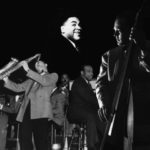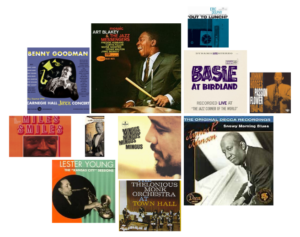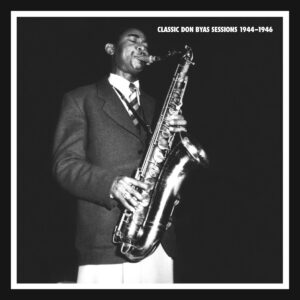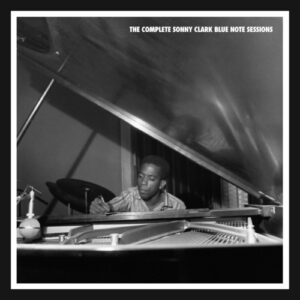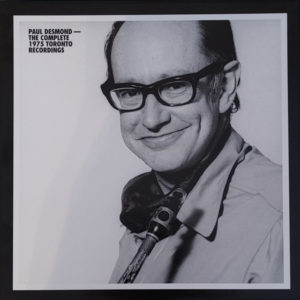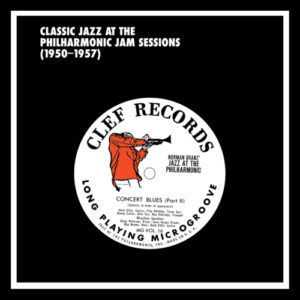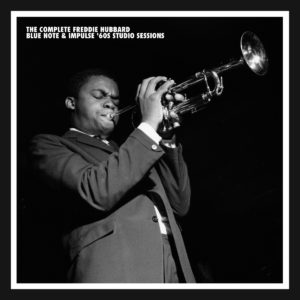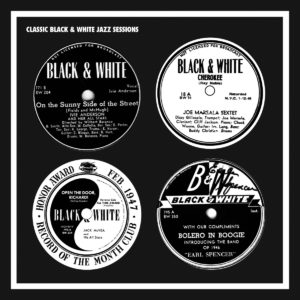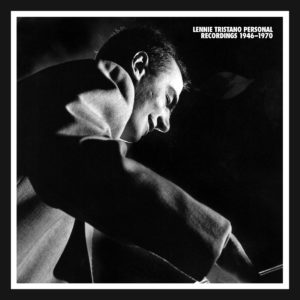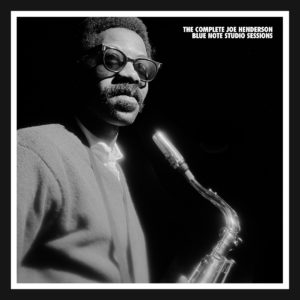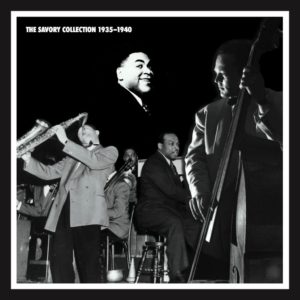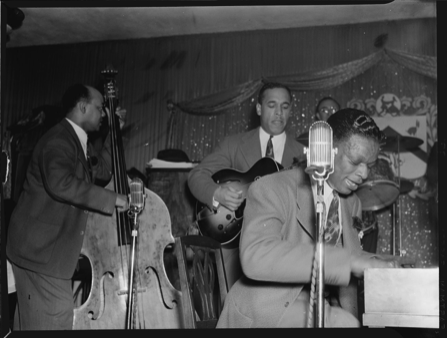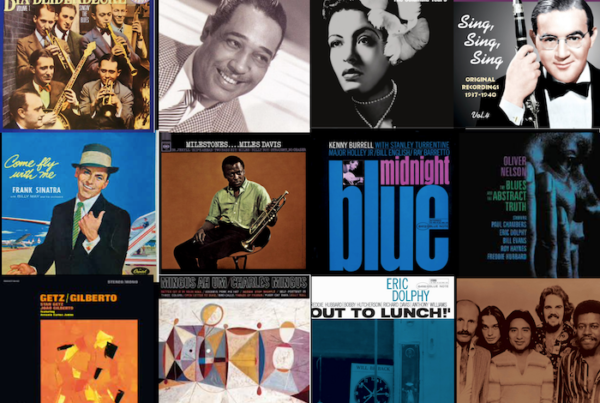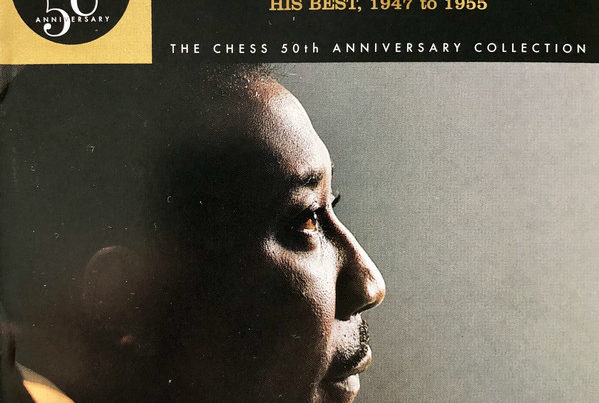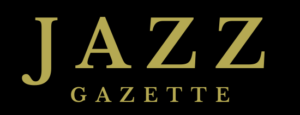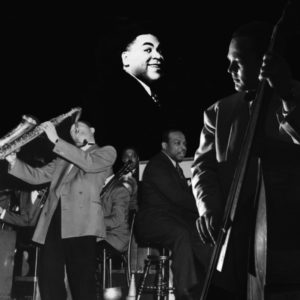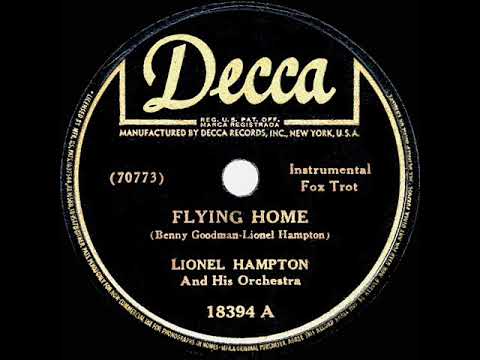
Lionel Hampton and Flying Home
By Scott Yanow
“Lionel Hampton’s Flying Home was a fairly simple swing tune that in a classic three-minute recording which virtually gave birth to rhythm and blues. Quite a few early r&b tenor players based much of their careers off of Illinois Jacquet’s two-chorus solo, and it became a must in virtually every performance by Hampton, Jacquet, and his successor Arnett Cobb.”
Lionel Hampton’s “Flying Home” was born in the summer of 1939. The Benny Goodman Orchestra was set to board a plane from Los Angeles to Atlantic City and the thought of taking his first flight made vibraphonist Lionel Hampton nervous. While waiting at the airport, Hampton’s mind was on a new song, one that Benny Goodman heard him whistling. The clarinetist asked him what the tune was and Hampton said that it could be called “Flying Home.” Goodman liked the song and had his sextet play the new tune later that night. Hampton and Goodman are credited as its composers and Sid Robin later added lyrics that few have ever sung.
The earliest existing version of Lionel Hampton’s “Flying Home” is on radio broadcasts from Aug. 19 and Sept. 9, 1939 that feature the Benny Goodman Sextet with Lionel Hampton and guitarist Charlie Christian. They also recorded it in the studios on Oct. 2 and performed it at John Hammond’s Spirituals To Swing concert at Carnegie Hall on Dec. 24.
Will Bradley was the first big bandleader to add “Flying Home” to his orchestra’s repertoire, recording it on Feb. 20, 1940 in a version arranged by Fletcher Henderson. Six days later, Hampton recorded it under his name for the initial time with a tentet that included trumpeter Ziggy Elman. Shortly after he left Goodman to go out on his own, the vibraphonist again performed it, this time with a quartet on the Chamber Music Society of Lower Basin Street radio show of Aug. 19, 1940.
Charlie Barnet also recorded “Flying Home” in 1940. In 1941, Goodman began to play it again on the radio with his new septet that included trumpeter Cootie Williams and tenor-saxophonist Georgie Auld. When he finally began to perform it with his big band (on a radio broadcast from July 31, 1941), Goodman was utilizing an arrangement by Skip Martin. Others who recorded Lionel Hampton’s “Flying Home” as radio transcriptions in 1941 include Harry James and pianist Erskine Butterfield’s Blue Boys. Clarinetist-violinist John Bjorling on May 30, 1941 in Stockholm recorded the first European version with his group which was similar to the Quintet of the Hot Club of France.
Lionel Hampton
Flying Home
But Lionel Hampton’s “Flying Home” was on the verge of fading away when Hampton (who had already been captured on recordings and radio broadcasts in six earlier versions) wanted to give it another shot, this time with his own 17-piece big band. He wrote the arrangement and decided to feature his 19-year old tenor-saxophonist Illinois Jacquet.
On the recording of May 26, 1942, Hampton takes a brief intro (as if to show whose band this is) and the band plays the melody for 16 bars. The vibraphonist takes the bridge and the ensemble plays a catchy riff to finish the chorus. Jacquet then takes a two-chorus solo that would make musical history. His first chorus is fairly straight forward, playing with a sound and a melodic logic that is influenced by Lester Young.
The second chorus finds him repeating the same note 12 times on every other beat, a hallmark of early rhythm and blues of the mid-to-late 1940s. After playing another phrase, he repeats the same note a dozen more times before ending the chorus. The full ensemble joins in for 16 bars and for the bridge Hampton and his lead trumpeter Ernie Royal exchange phrases with Royal ending with an impressive high note. The band returns for eight bars, Hampton and Royal repeat their routine, and the trumpeter screams over the ensemble as the band romps for the final eight bars that conclude the performance.
This recording was considered a sensation. From that point forward, the most requested number was Lionel Hampton’s “Flying Home” (generally in much more extended versions), and he was always more than happy to oblige his audience with spectacular versions that invariably tore the roof off. While the musicians’ recording strike of 1942-44 might have slowed down the momentum of “Flying Home,” if there was any doubt that the song would be around for many years to come, Hampton’s recording of Mar. 2, 1944, which was titled “Flying Home #2,” solidified the song’s success.
The version starts at a level that can only be described as rollicking and builds from there. Arnett Cobb, who is in Jacquet’s place, only gets a one-chorus solo but he makes it his own, supplying some honks in the bridge and not feeling compelled to repeat any of his predecessor’s ideas. This time Cat Anderson is the screaming trumpeter.
Lionel Hampton was not the only one recording “Flying Home” during this period. Fellow vibraphonist Red Norvo made a V-Disc of the song with his octet on Oct. 28, 1943, and in 1944 it was performed on the radio by Glenn Miller’s Army Air Force Band, the Andy Kirk Orchestra, Teddy Wilson’s sextet, Woody Herman’s First Herd, the Art Tatum Trio, and even Oscar Peterson who was at the beginning of his career. In 1947 Ella Fitzgerald recorded her own scat-filled version.
But “Flying Home’s” greatest impact would be in the world of early r&b. Jacquet’s use of repetition in his solo (along with Cobb’s honks in his version) set the stage for the many honking tenor players who were featured on r&b recordings during the 1944-54 period. It would be difficult to imagine the careers of Joe Houston, Sil Austin, Sam Butera, Willis “Gator” Jackson, Red Prysock, Clifford Scott, Hal Singer, Sam “the Man” Taylor, and the most extreme honker of them all, Big Jay McNeely, were it not for Jacquet. Whether playing “Flying Home” or a countless number of “originals” that were close copies, all of these tenors built their own colorful playing off of Jacquet’s solo and the more repetitive aspects of his style.
Illinois Jacquet became a bit more radical in his playing for a time after “Flying Home,” sometimes biting his reed to produce upper-register screams as can be heard on “The Blues” with Jazz at the Philharmonic in 1944 and also on the closing number in the Lester Young film short Jammin’ The Blues. Jacquet was quite popular during the second half of the 1940s, touring in both the jazz and r&b circuits. While he soon dropped the screams and he tempered his style a bit in the 1950s when playing jazz dates, Jacquet would always be associated with “Flying Home.” He always seemed to have fun reprising his solo on a nightly basis including as late as the 1980s with his big band.
After “Flying Home #2,” “Flying Home” also became associated with Arnett Cobb. Unlike on his Hampton version, Cobb would often duplicate the Jacquet solo before building his own improvisation. He recorded at least five studio versions of his own including 1955’s “Flying Home Mambo” (the Billy May Orchestra beat that by waxing “Flying Home Cha Cha” in 1959), including on his final album, 1988’s Tenor Tribute No. 2.
But “Flying Home” really belonged to its composer, Lionel Hampton. He performed it at the remarkable Esquire All-Stars Metropolitan Opera House concert of Jan. 18, 1944 with an incredible band that also included Louis Armstrong, Roy Eldridge, Barney Bigard, Coleman Hawkins, Art Tatum, Al Casey, Oscar Pettiford and Sid Catlett. Eight days after recording “Flying Home #2,” he made a two-part version of “Flying Home” as a V-Disc.
The song was also featured at his Apr. 15, 1945 Carnegie Hall concert, at his 1947 Just Jazz concert (which was more famous for his classic version of “Stardust”), and in the Danny Kaye movie A Song Is Born for a version that also included Louis Armstrong, Tommy Dorsey, Benny Goodman and Charlie Barnet. Other notable Hampton recordings included two from 1954 (with Oscar Peterson in a quartet and both Peterson and Buddy DeFranco in a quintet), big band renditions from 1956, 1959 and 1967 (the latter a reunion at the Newport Jazz Festival with Jacquet), a 1989 duet version with pianist Marian McPartland on her Piano Jazz program, a 1991 recording with Hampton’s Golden Men Of Jazz, with Joshua Redman in 1995, and finally on Dec. 19, 2000 for an otherwise religious jazz album led by pianist Jim Martinez.
And all of that is not counting at least 28 mostly live (often from radio broadcasts) versions of Lionel Hampton’s Flying Home with his big band. Even nearly 80 years after its most famous recording, “Flying Home” can still be relied upon to excite audiences.

